It only takes a simple internet search to quickly realize there is a lot of information about which diets are best. And if you’ve ever tried any of them, it can be even more difficult to know which will help you optimize your nutrition. Between keto, reverse dieting, and cleanses, there is a lot of information AND misinformation to sift through. We understand the feeling. To make your life easier, we’re breaking down three popular diets, assessing the pros & cons, and helping you find which diet is right for you.
Remember to consult with your Dr. before starting any new diet program!
[show_shopthepost_widget id=”4694618″]

Keto
The Keto diet, also called the ketogenic diet, is a high fat, low carbohydrate diet. The basic premise is to consume a low number of carb grams and a higher level of protein and fats. When you replace your carb intake with fat, you put your body into ketosis. Ketosis is a metabolic state where there are more ketones in your blood. This happens when you shift from using glucose, or sugar, to make energy…to using ketones, or fat, to make energy. Keeping your body in a state of ketosis helps it become better at burning fat for energy. It may even help people have lower insulin levels because of the reduced blood sugar. Because children with epilepsy have seen a reduction in their seizures while on the Keto diet, some doctors think it may also help people with other brain disorders, like Parkinson’s or MS.
Pros & Cons
Another benefit of the keto diet is that it seems to help people lose fat (and weight) more quickly than other, more traditional, diets. But that doesn’t mean it’s right for everyone. Many people feel what is called “Keto flu” during the first several days of being on the diet. Keto flu comes from carbohydrate withdrawal and possible dehydration. Erin felt Keto Flu when she tried the diet. You can read her review of the Keto diet here. For some, taking an electrolyte mix, like this one, could help limit the feelings of Keto flu.
There are certain people that really should think twice about the Keto diet. People with kidney disease could make their condition worse. And there is not a lot of conclusive evidence about the effects of the high-fat diet on cholesterol levels. Perhaps one of the biggest difficulties Keto faces in the diet comparison is the restrictive nature of it. Because the allowed amount of carbohydrates per day is so low (usually between 20 and 50 grams), many people struggle to find a variety of high-protein, high-fat foods. This typically means most people do not stay on the diet long-term.
The Takeaway
Keto works to help you lose weight and fat quickly, but it’s difficult to maintain. Plus, there are some people that should not use this diet.

Paleo
The Paleo diet takes its name from the prehistoric Paleolithic Era. The idea is that we should eat like our early ancestors- the hunters and gatherers. According to Paleo followers, our farming technology and ability to create new foods developed faster than our bodies, so those new foods are actually difficult for our bodies to process. That means the diet consists of lots of lean meats, vegetables, and nuts. On the other hand, foods like legumes, dairy, and grain products are discouraged.
Pros & Cons
The benefits of the paleo diet are that people do lose and maintain weight while following it. It also may help you reduce blood sugar levels, lower blood pressure, and support better triglyceride levels. Another huge benefit of paleo in diet comparison is that it helps you feel full and satisfied. The cons of the diet are you may have a deficit in some vitamins and minerals that are typically found in grains, legumes, and dairy products. A greens supplement, like this one, could help. It can also be difficult to find a variety of game meats and vegetables depending on the season and where you live, and if you do find them, keeping them as a regular part of your diet could be expensive.
The Takeaway
Paleo is a great way to lose weight sustainably because it encourages you to eat more lean meat and vegetables, but it can get expensive.

Macros
Any diet that centers itself around macros is talking about the same essential thing: the balance of the three macronutrients your body needs to support your ideal weight. Those macronutrients are carbohydrates, protein, and fat. In a macro diet, you determine the number of grams of each macronutrient and the total number of calories you should consume based on your goals. Then you measure everything you eat to make sure you are “hitting your macros.”
Pros & Cons
While macro diets do not restrict any particular food, one benefit is that it can help you learn to make healthier choices. For example, the macros for a cup of broccoli are going to be very different than the macros in a serving of chips. Eating broccoli is going to give you a lot more room to eat other foods during the day. Macro diets are a great way to lose, maintain, or even gain weight. Because they rely on being precise, you know exactly where you are in relation to your daily goal. To track macros, you’ll need a high-quality food scale, like this one.
But what makes macro diets work also makes them cumbersome in a diet comparison. In order to have precise macros, you need to weigh and measure everything you eat… EVERYTHING. And while it is possible to track your macros, especially with the help of apps, there is a learning curve to it too, which can turn people off of the diet before they see the results.
The Takeaway
Macro counting will help you balance your diet, which will help you meet your weight goal. It also needs to be super-precise, which can be difficult to maintain.
Have you tried any of these diets? What were your results? Were you able to achieve your goals and stick with it? Let me know in the comments!
Don’t miss out! Have blog posts sent directly to your inbox by clicking here to subscribe to the newsletter.



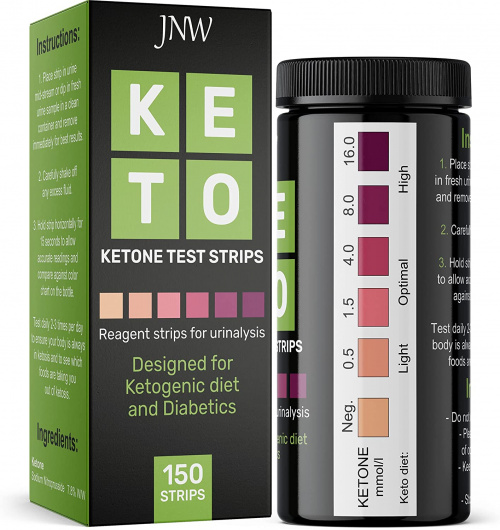
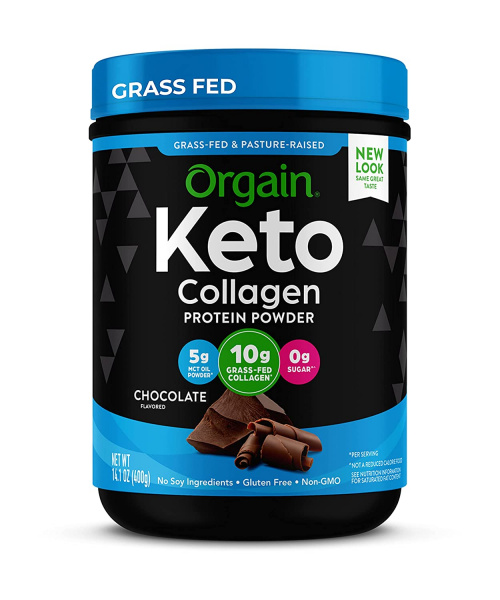
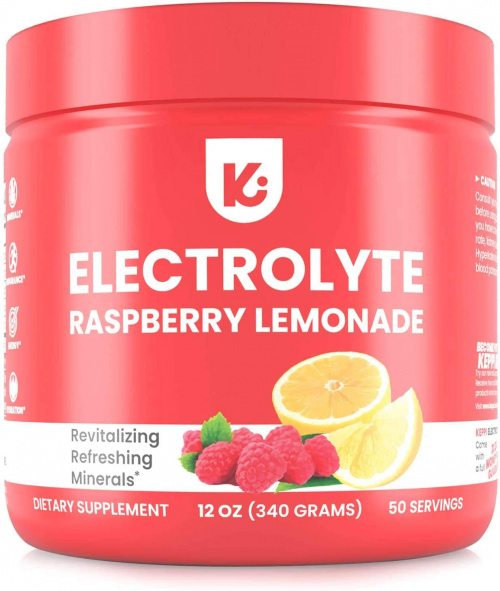
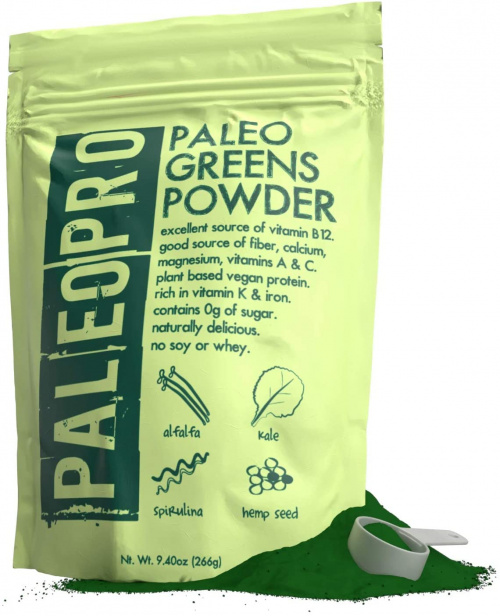
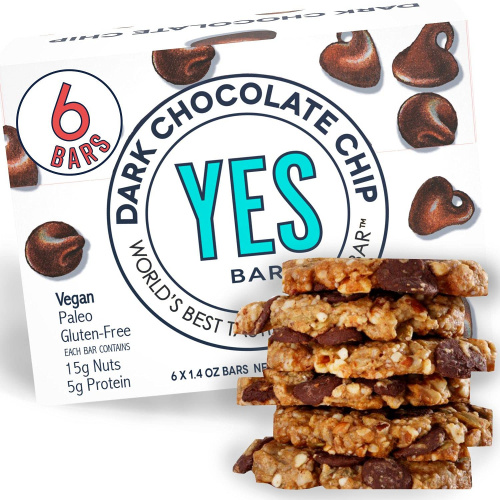
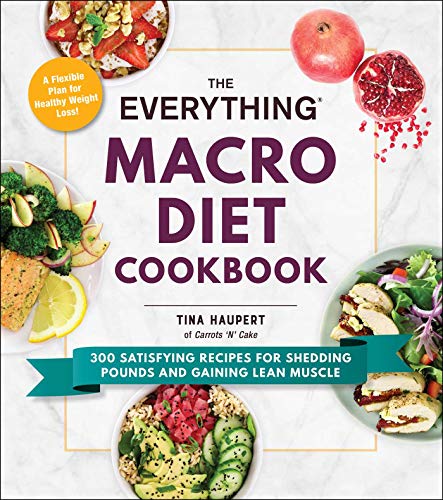
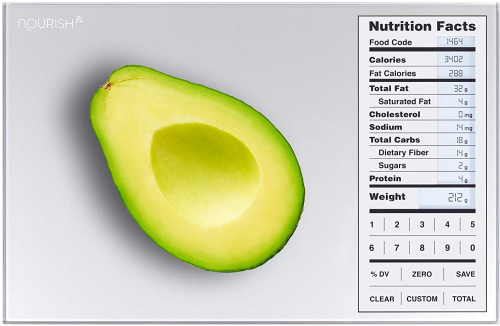

I have been eating a macro diet now since September, 2021. I find this to be the best way of both eating and enjoying my food, and I do not retrict myself from foods I like. I simply budget the macros. Once you do this for awhile, you soon learn what appropriate food portions look like. When I eat out, I use the hand method to determine food portions. Using your hand, protein portions are the size of my fist (I eat a high protein diet), carbs are the size of my cupped hand, greens portions are the size of my two cupped hands and fats are the size of my thumb. Feeding a family is quite easy on this plan and I sometimes take a light weight scale with me on long trips. On this doet, with a weight lifting program (45 min 4x weekly) and cardio(15-20 min 3-4 times weekly) I lost 15 pounds and several inches. I gained nice, toned muscles. At 58, I feel the best I’ve felt since hitting menopause. My IBS is almost non-existant and sleep is so much better. It’s no quick weight loss plan, but it is a healthy lifestyle plan. If there is one thing I’ve learned in my life, anything worth having requires work and my health is no different.
Wow, Mary! I love that you found something that works for you. Losing weight is great, but I really love that your IBS symptoms are alleviated. Thanks for sharing your story!
I did keto for a while and lost a great deal of weight, most of which I have kept off. It wasn’t a way I would want to eat for the rest of my life though! Now I am counting macros and calories and find it much more sustainable.
I’m glad you got such a great start with keto toward your weight loss goal! You’re inspiring! I totally know what you mean about not wanting to eat that way forever though… For me, the counting macros is so difficult. But I’m glad it works for you!